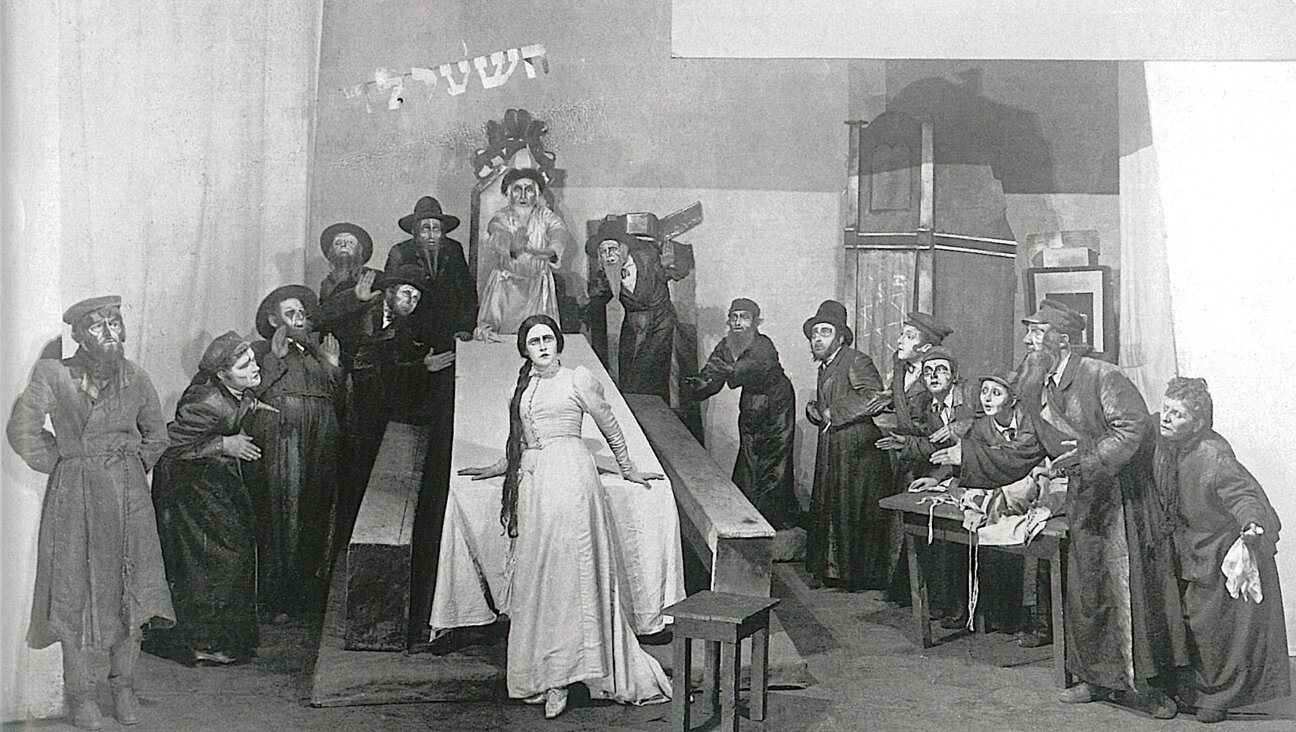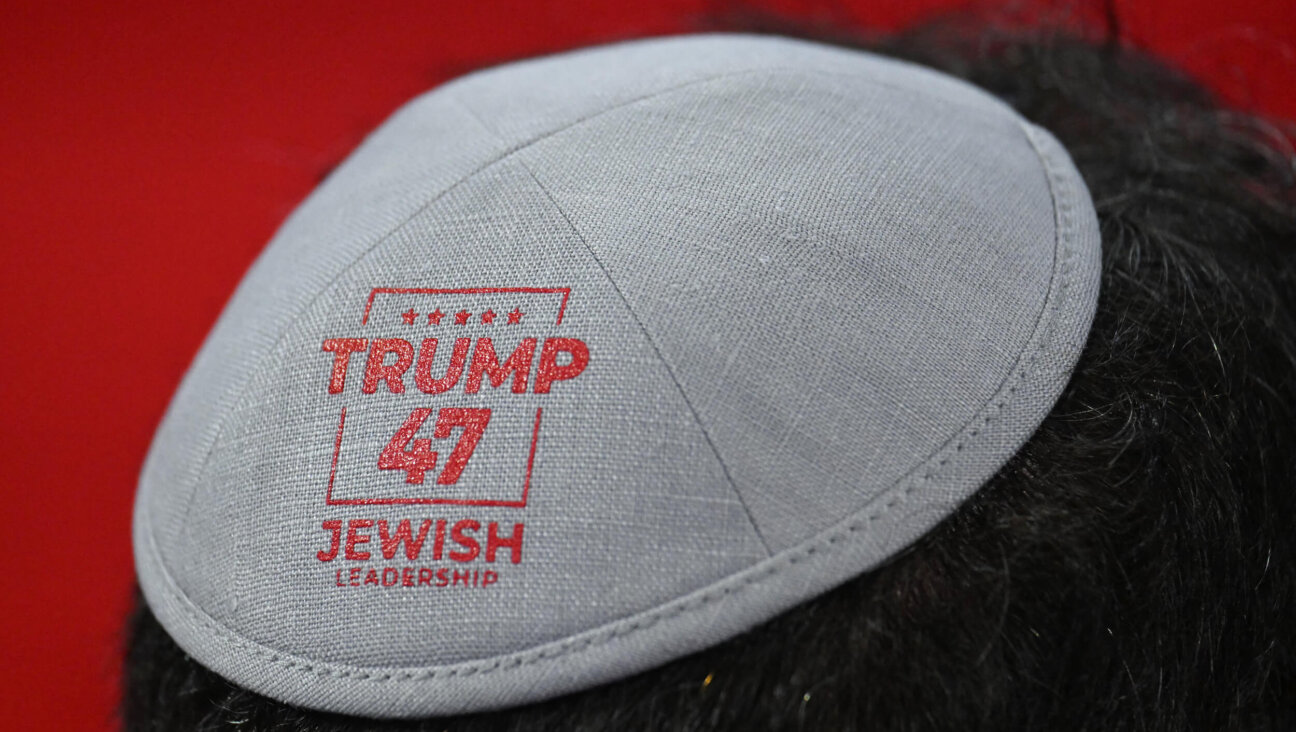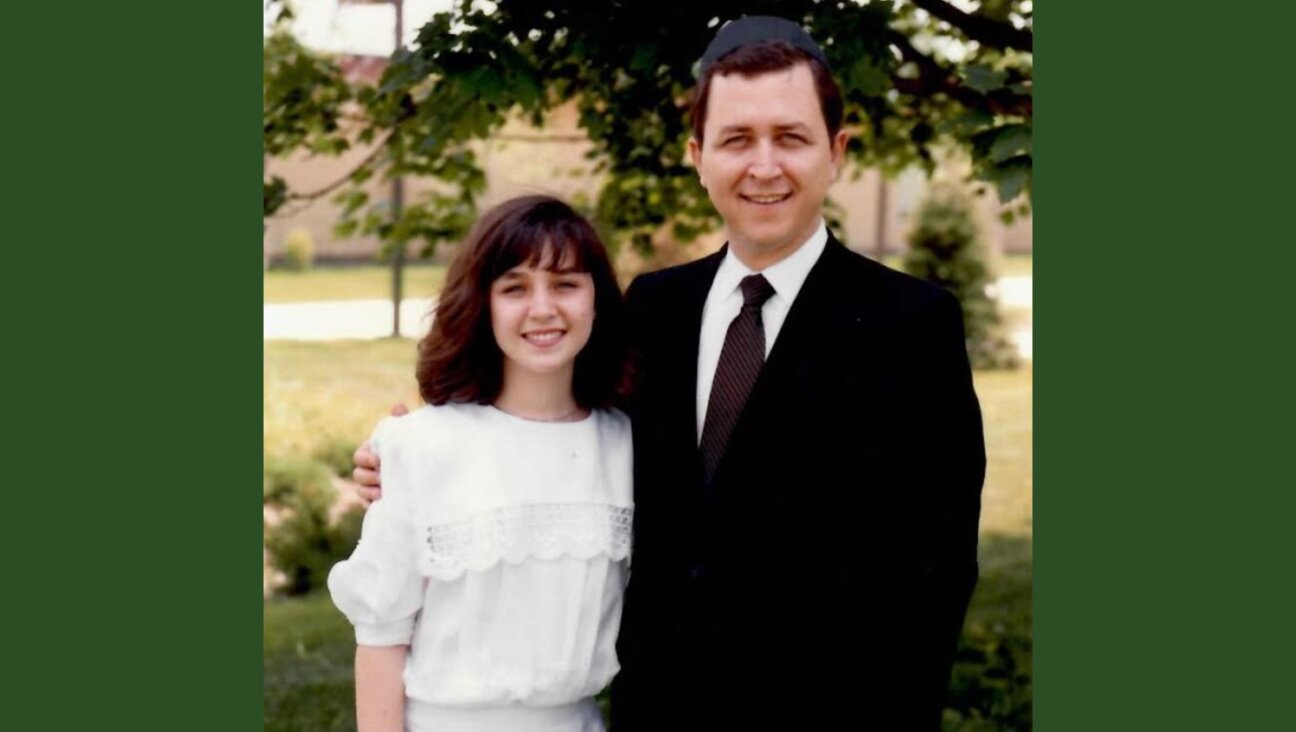Looking back on a revolutionary movement to educate Orthodox Jewish girls
Academics are finally recognizing the extraordinary influence of the Bais Yaakov schools
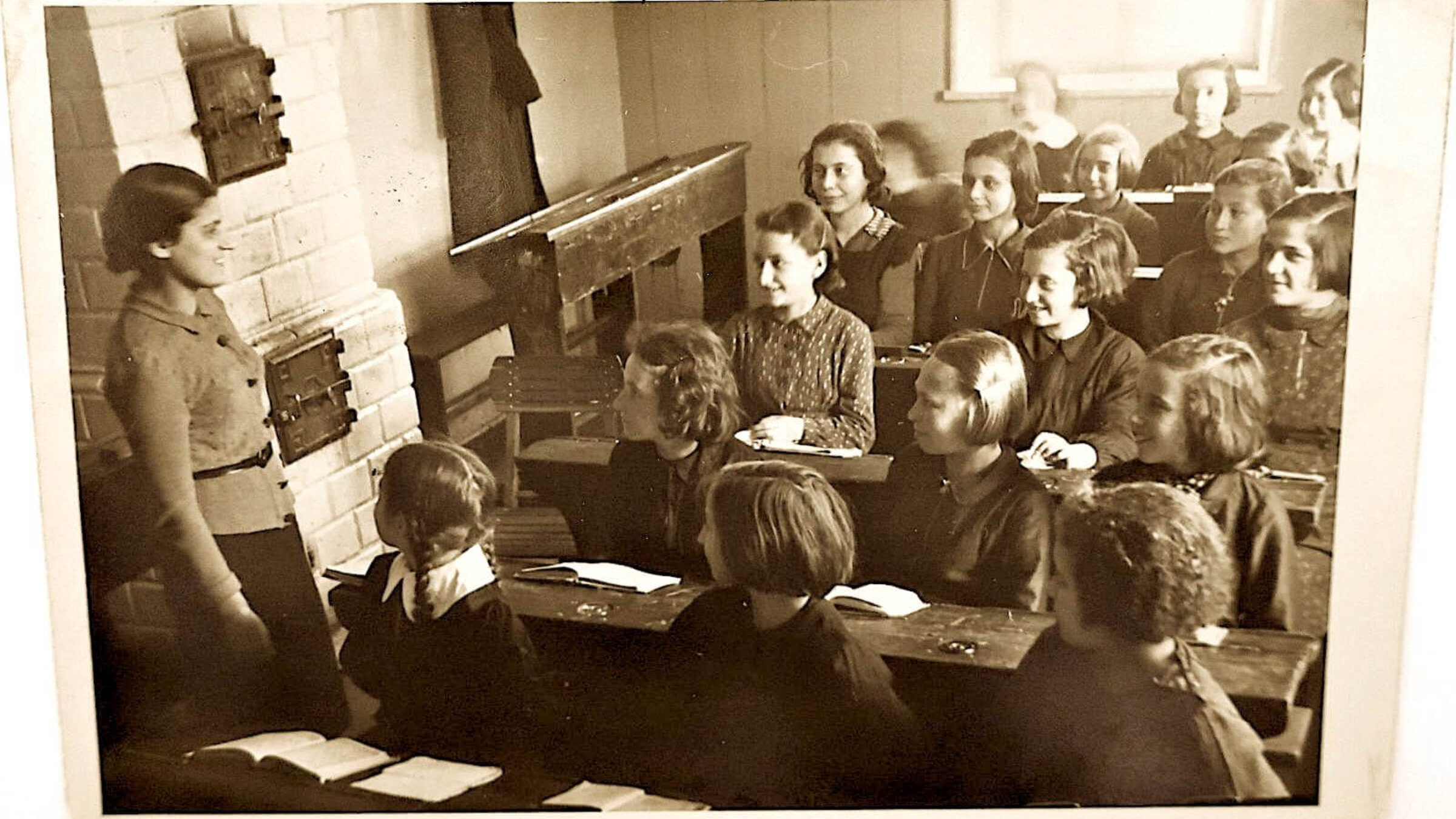
A Bais Yaakov classroom in Slonim (today Belarus), 1939 Courtesy of the family archive of Naftali Cohn
Among the most memorable events of my high school years was the Bais Yaakov convention I attended in Baltimore, sometime in the mid-1970s. Bais Yaakov is a network of schools and youth movements for Orthodox girls that was founded in 1917.
For those of us from the Orthodox heartland of Brooklyn, “Convention” — as we called it — was a chance to experience the continental reach of Bais Yaakov, to sing our hearts out together, and to meet those fascinating creatures — “out-of-town Bais Yaakov girls.” Watching performances and hearing speeches about the legendary and revered founder of Bais Yaakov, Sarah Schenirer, gave us a sense of the rich history of our school system.
In March of this year, the University of Toronto hosted what is thought to be the first academic gathering devoted to this topic. At the conference, “Bais Yaakov in Historical and Transnational Perspective,” several speakers discussed the origins and character of the school system in interwar Poland. Others looked beyond Baltimore and Toronto to gauge its contemporary reach. One speaker, Mari-Masha Yossiffon, Zoomed in from Buenos Aires, where she was studying the four Bais Yaakov schools in that city.
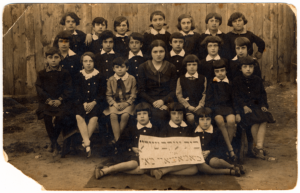
A highlight of the conference was the debut of a series of maps constructed by University of Toronto researchers that showed the growth of the system from its 1917 origins to the present day. Although I head this research group, called “The Bais Yaakov Project,” this was the first time I had seen the maps. As the map progressed from year to year, a small light for each new location blinked on, as if we were watching stars light up the night sky.
Listen to That Jewish News Show, a smart and thoughtful look at the week in Jewish news from the journalists at the Forward:
More than “a simple seamstress”
To cap it all off, the conference featured not a “production” (as Bais Yaakov performances are often called) but rather a concert of Yiddish school songs from the interwar period, arranged by singer-songwriter Basya Schechter. This took place in a university lecture hall, but I sang my heart out as if I were 15 again, as I had that weekend in Baltimore.
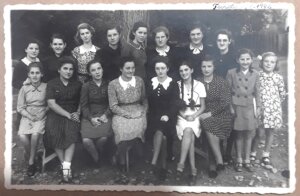
For all the overlapping between Convention and our conference, the latter brought many perspectives on Bais Yaakov that would likely have no place within the ultra-Orthodox world today. Bais Yaakov students are taught the history of the school, but only in carefully curated ways that highlight what was most pious about Bais Yaakov. The official history emphasizes the ways that the male rabbinic leadership controlled it, and censors aspects of the story that don’t fit into what Bais Yaakov is today. For example, Schenirer’s status as a divorced woman, for much of the time she led the movement, is generally unmentioned.
Even those who are interested in learning more than the legends of rabbis and other pious Jewish figures are stymied by the chasms that separate interwar Poland and the present centers in North America and Israel. While the Bais Yaakov curriculum makes do with stories of Schenirer as “a simple seamstress,” her Polish-language diary, which recently came to light, reveals another side of her.
Reporting on that diary at the conference, Joanna Degler, of the University of Wroclaw, described Schenirer’s regular attendance at the bohemian Polish theater and public lectures on women’s rights and “hygiene” — a term that encompassed family planning.
Softening the rhetoric on modesty
And while Bais Yaakov today rarely looks beyond Schenirer when describing the founding of the system, the conference provided a deeper history of that era. Historian Ilan Fuchs described the Orthodox Socialist politics of Yehuda Leib Orlean, who served as director of the Krakow Teachers Seminary from 1933 until it was shut down by the Nazis. Perhaps Fuchs’ interest in Orthodox politics is not only academic: The day he delivered his paper, he was also elected mayor of Pomona, New York.
In a shocking, though not surp
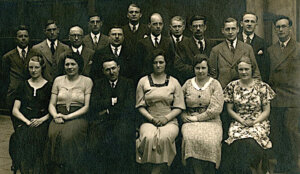
rising lecture, Rachel Manekin of the Hebrew University in Jerusalem, drew the curtains on the experiences of Bais Yaakov teachers in the interwar system, who labored under the supervision of all-male school committees, far from families or teachers. One teacher complained to the Central Office of Bais Yaakov, without spelling out the details, about the “unwelcome attentions” of one member of the committee in her town.
The Bais Yaakov schools of today also received their share of scholarly attention at the Toronto conference. Discussing a familiar chant among its students known as “Snap, Clap!” Ginsparg Klein, the academic dean of Women’s Institute of Torah Seminary & College, an Orthodox Jewish college for women in Baltimore, spoke of the performance culture that ties the schools together in the absence of a central office, touching as well on the limits of acceptable performance.
Piety and modesty, so crucial a part of Bais Yaakov, were explored as well. Dainy Bernstein’s lecture described a 2005 weekend program devoted to tsnies (modesty) that was organized by a Brooklyn school and held in the Catskills. The event traumatized some of the girls so much that teachers were compelled to soften their rhetoric — although without ceding ground on any modesty practices.
Bais Yaakov’s influence on the Lubavitcher community
But conferences are not only about the papers presented; they’re about the participants, too. In recent years, there have been real attempts at attaining a diverse perspective; and in particular, avoiding “manels” (panels that only include male speakers) or “manthologies” (anthologies with only male authors). Given that this was a conference on a girls’ school system within strictly sexually segregated communities, and given that featured experts on the field of Orthodox Judaism also tend toward gender imbalance, the diversity of the participants at the conference was particularly remarkable.

There were Orthodox and ex-Orthodox scholars, Jews and non-Jews, scholars from Israel, Poland, North America and Argentina of all genders. However niche (and “female”) a subject Bais Yaakov might seem, the conference stood as evidence that research into a transnational, century-old school benefitted from multiple perspectives.
I had always known, for example, that the Lubavitcher Hasidic movement borrowed from Bais Yaakov in educating its own women. But Wojciech Tworek, a scholar on the history of Jewish Orthodoxy at the University of Wroclaw, Poland, discussed the ways that Lubavitcher writings downplayed this influence, illuminating the ways that male institutions apparently felt threatened by Bais Yaakov.
Smoke-bombing the Knesset
Perhaps the most eye-opening talk was from the Israeli legal scholar Nomi Levenkron. She spoke about the women’s cell of the ultra-Orthodox “Brit hakana’im” (Alliance of the Zealots) armed underground movement, which from 1949 to 1951 sought to impose Jewish law on Israeli society by torching stores that sold non-kosher meat and cars that drove on Shabbat.
In May 1951, a secret plot, nicknamed “Operation Bride,” was exposed. The group intended to smoke-bomb the Knesset during a debate over drafting women into the Israeli Army. Bais Yaakov, and the Agudath Israel party that administered the system, were adamantly opposed to drafting women. Esther Brunner, a Bais Yaakov teacher, was among those detained for the plot at the Jalni Detention Camp. She was soon released, but not before becoming a heroine to her students.
As Glenn Dynner, a historian of East European Jewry, made clear in his opening remarks, Bais Yaakov itself was revolutionary. But so was the conference, marking a new direction from the earlier histories of Bais Yaakov that subsumed it to the male framework of Agudath Israel, the political organization that “adopted” and for a period ran the schools. The time had come, in Dynner’s view, not only to bring women’s experiences to the fore in the study of Orthodox Jewish history but also to prioritize experience and people over institutions.
Stressing diversity rather than unity
The Bais Yaakov experience and the academic study of it were both highlighted at the concert on Monday night. We wanted to include people with a historical connection to Bais Yaakov. But because Orthodox girls and women do not normally sing before mixed-sex audiences, the singers were mostly “off-the-derech” — formerly Orthodox Bais Yaakov students.
Watching these singers on stage — tattooed, in sleeveless tops and torn jeans — singing “Let us walk in the path of the Torah”, was no doubt jarring to some, and perhaps bracing to others. Whereas at Convention we had sung about akhdus (unity), referring to the solidarity of Bais Yaakov girls everywhere, at this conference, it was the diversity of the experience that stood out. Whatever Bais Yaakov was and is, no one story can encompass it and no one community owns it.
A message from our CEO & publisher Rachel Fishman Feddersen

I hope you appreciated this article. Before you move on, I wanted to ask you to support the Forward’s award-winning journalism during our High Holiday Monthly Donor Drive.
If you’ve turned to the Forward in the past 12 months to better understand the world around you, we hope you will support us with a gift now. Your support has a direct impact, giving us the resources we need to report from Israel and around the U.S., across college campuses, and wherever there is news of importance to American Jews.
Make a monthly or one-time gift and support Jewish journalism throughout 5785. The first six months of your monthly gift will be matched for twice the investment in independent Jewish journalism.
— Rukhl Schaechter, Yiddish Editor







